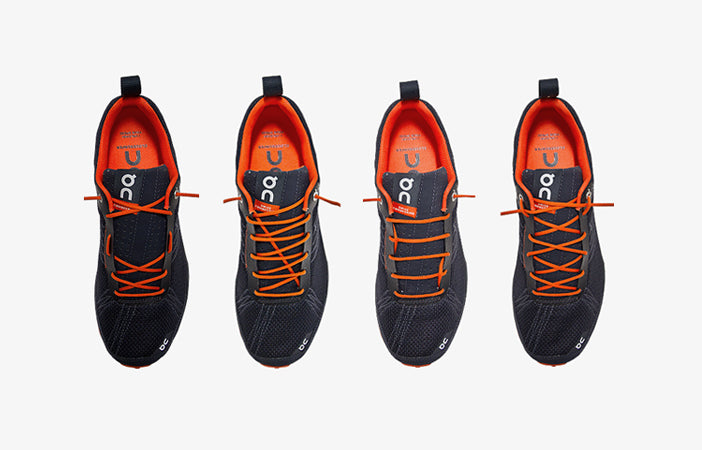4 simple but effective lacing techniques for your running shoe

The demands on running shoes are very different. As a result of the individually very different anatomy of the foot, the question of the gender of the runner, which gait is preferred and not least which terrain is the more popular, you can find countless running shoe models on the market.
By lacing, the fit of the shoe can be further optimized and the foot can find better support. In addition, with the right lacing, pressure points can be reduced and pain can be avoided.
We have summarized for you the most important lacing techniques for running shoes.
Reducing pressure on the instep - the lacing with a hole
Leave out a hole in the normal crossover lacing and create more space for the midfoot in a simple way. With a high instep, pressure points and possible pain can be avoided in the forefoot area.

Relief for painful toes - diagonal lacing
The diagonal lacing of one end of the lace results in a lifting of the forefoot area and the toes get more space. This can reduce pain in the toe area.

Support in the heel - normal lacing
Lacing the shoes to the last hole in the conventional way. By pulling the laces, the foot is adapted to the heel cap of the. For a firm grip on the heel and more comfort on the instep. The foot does not slide back and forth in the shoe, regardless of the terrain.

Fewer pressure points on the foot - the alternating lacing system.
Thanks to the alternating lacing, the pressure points on the tongue of the shoe can be reduced, the foot gets more space. Ideal for those with a high arch.

Images: Runster



